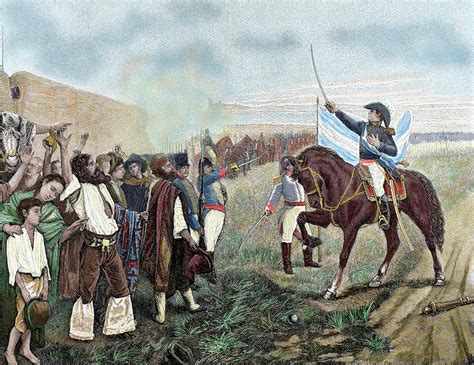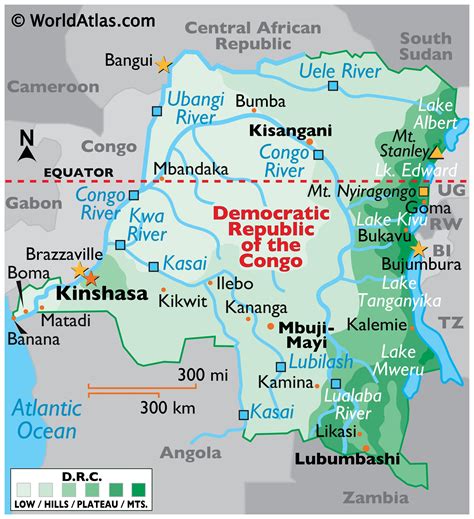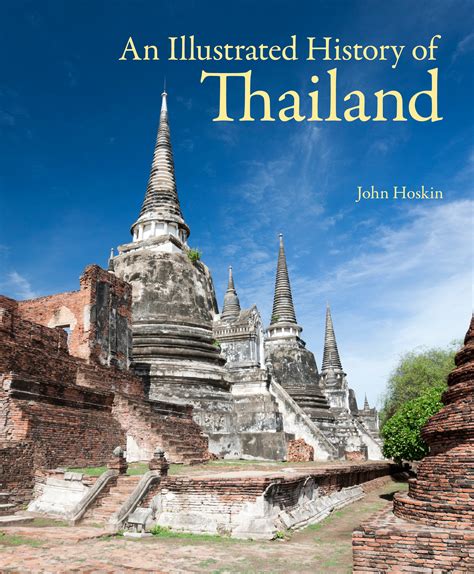Explore the rich history of Sri Lanka from ancient civilizations to modern developments, including colonization, independence, ethnic tensions, and post-colonial era.
Ancient civilizations of Sri Lanka
Contents
Sri Lanka’s rich history dates back to ancient times, with evidence of human habitation dating back over 125,000 years. The island has been home to several ancient civilizations, each leaving their mark on the country’s cultural and historical landscape. One of the most well-known ancient civilizations of Sri Lanka is the Anuradhapura Kingdom, which thrived from the 4th century BC to the 11th century AD. This kingdom was a major center of Buddhist culture and learning, and its legacy can still be seen in the majestic ruins of Anuradhapura.
Another important ancient civilization of Sri Lanka is the Polonnaruwa Kingdom, which flourished from the 11th to the 13th centuries AD. Under the rule of King Parakramabahu the Great, Polonnaruwa became a prosperous and powerful kingdom, known for its impressive irrigation systems and grand palaces. The city’s archaeological ruins are a UNESCO World Heritage site, attracting visitors from all over the world.
The ancient city of Sigiriya is also a testament to the advanced civilizations that once thrived in Sri Lanka. The iconic rock fortress, built by King Kasyapa in the 5th century AD, is a marvel of ancient engineering and architecture, featuring frescoes, gardens, and a stunning view from the summit.
With its many ancient civilizations, each contributing to Sri Lanka’s rich cultural heritage, the island’s history is a tapestry of diverse influences and achievements. From the majestic ruins of Anuradhapura to the grand palaces of Polonnaruwa and the iconic rock fortress of Sigiriya, the ancient civilizations of Sri Lanka continue to captivate and inspire visitors from around the world.
Colonization and European influence
During the 16th century, Sri Lanka experienced a significant impact from European powers as they sought to colonize and assert control over the island. The Portuguese were the first to arrive, establishing trading posts and starting a period of European influence that would shape the country’s history for centuries to come.
The influx of European settlers and traders brought about a transformation in Sri Lankan society and culture, as new ideas, technologies, and religions were introduced to the island. This period of colonization also led to profound changes in the political landscape, as local rulers and kingdoms were forced to navigate the shifting power dynamics brought on by the presence of European powers.
One of the most significant aspects of European influence was the spread of Christianity, particularly by the Portuguese and later the Dutch. This had a lasting impact on the religious makeup of the island, as well as its social and cultural fabric.
Additionally, European colonization had economic consequences, as Sri Lanka’s resources and trade routes became increasingly coveted and exploited by the colonial powers. The island’s strategic location in the Indian Ocean made it a valuable asset for European nations seeking to expand their empires.
Overall, the period of colonization and European influence played a pivotal role in shaping the trajectory of Sri Lankan history, leaving a lasting legacy that continues to influence the country to this day.
Independence and post-colonial era
After centuries of colonization by European powers, Sri Lanka finally gained its independence from British rule on February 4, 1948. This marked the beginning of the post-colonial era for the island nation.
The newly independent country faced numerous challenges as it sought to carve out its own identity and establish a stable government. The transition from colonial rule to self-governance was not without its difficulties, but the people of Sri Lanka were determined to forge ahead and build a prosperous future.
One of the defining moments in the post-colonial era was the adoption of a new constitution in 1972, which officially changed the country’s name from Ceylon to Sri Lanka. This move signified a shift towards a more independent and unified nation, free from the influence of its colonial past.
However, the post-colonial era also brought about its own set of challenges, including tensions between different ethnic groups within the country. In 1983, these tensions erupted into a brutal civil war that lasted for nearly three decades, causing immense suffering and loss of life.
Despite these challenges, Sri Lanka has made significant progress in the post-colonial era, particularly in terms of economic development and social reform. The country continues to strive towards creating a more inclusive and prosperous society for all its citizens, while also preserving its rich cultural heritage.
Civil war and ethnic tensions
The history of Sri Lanka is marked by a period of civil war and ethnic tensions that had a significant impact on the country. The root of the conflict can be traced back to the independence era when the Sinhalese majority began to assert its dominance in the political and social spheres, marginalizing the Tamil minority.
The civil war, which lasted for over two decades, was primarily fought between the government forces and the Tamil Tigers rebel group who sought to create an independent Tamil state in the north and east of the country. This conflict resulted in widespread violence, human rights abuses, and economic instability, leading to the displacement of thousands of people and irreparable damage to the national infrastructure.
The ethnic tensions that fueled the civil war not only divided the country along linguistic and cultural lines but also had far-reaching consequences for the entire population. It bred suspicion and fear among different ethnic groups, hindering national unity and progress.
The aftermath of the civil war has seen efforts at national reconciliation and healing, with the government and international community working together to address the root causes of the conflict and promote inter-ethnic harmony. The scars of the civil war, however, continue to linger, reminding the people of Sri Lanka of the importance of tolerance, understanding, and respect for diversity.
Modern developments in Sri Lankan history
Modern developments in Sri Lankan history have been shaped by a variety of factors, including political changes, economic growth, and cultural shifts. One of the most significant modern developments in Sri Lanka has been the rise of tourism as a major industry. With its stunning beaches, rich cultural heritage, and diverse wildlife, Sri Lanka has become an increasingly popular destination for travelers from around the world. This growth in tourism has led to improvements in infrastructure and the economy, as well as an increased focus on environmental conservation.
Another key modern development in Sri Lankan history has been the country’s efforts to rebuild and reconcile following the end of the civil war in 2009. This conflict, which lasted for nearly three decades, had a profound impact on the country, resulting in tens of thousands of deaths and widespread destruction. In the years since the war’s end, Sri Lanka has worked to address the underlying causes of the conflict and to promote national healing and unity. This includes efforts to address human rights abuses, promote ethnic reconciliation, and foster economic development in the former conflict-affected areas.
Additionally, modern developments in Sri Lankan history have been influenced by the country’s expanding role in the global economy. As a hub for trade and commerce in the Indian Ocean, Sri Lanka has sought to capitalize on its strategic location by developing its ports and infrastructure to attract foreign investment. This has led to increased connectivity with other countries in the region, as well as growing economic ties with major world powers.
Furthermore, the modern history of Sri Lanka has been characterized by political and social reforms, including efforts to strengthen democratic institutions, promote human rights, and address issues of inequality and corruption. While the country has made progress in these areas, challenges remain, and ongoing efforts are needed to ensure that all Sri Lankans can fully participate in and benefit from the country’s development.












